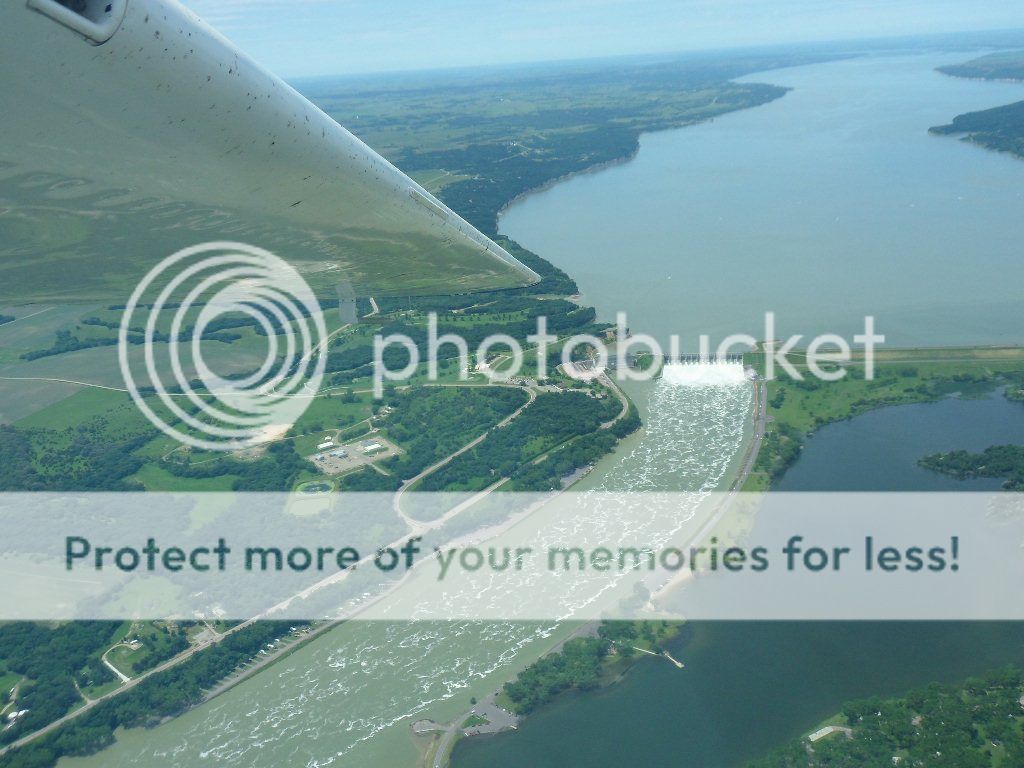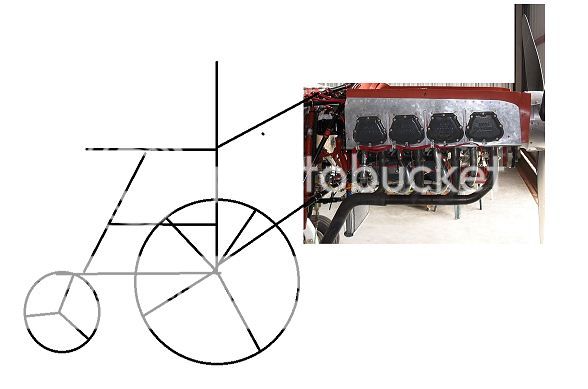ebykowsky
Cleared for Takeoff
- Joined
- Dec 12, 2012
- Messages
- 1,405
- Display Name
Display name:
goalstop
How difficult is it to transition from a 172 to a PA28 Archer? I know the landings are a bit different, but how different? Also, what about stalls, maneuvers, and control inputs? Anything you can tell me to make the transition smoother... I'll be getting checked out in my club's Archer tomorrow and want to spend as little time as possible to get comfortable with it. They've also got a few 172s, but the low wing just looks so much cooler!






